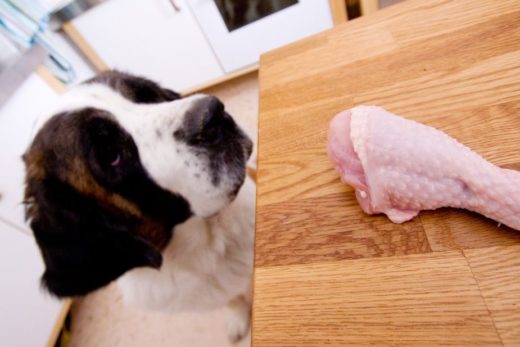
According to the ASPCA, over two million dogs are adopted from animal shelters across the USA each year. There are currently 32 states with mandatory spay or neuter requirements for pets adopted from animal shelters or rescue organizations. If you are one of these pet owners, chances are you’ve never had to deal with the realities of caring for an “intact” male or female dog. But if it’s your first time adopting, buying, or taking in a dog or puppy that has not been spayed or neutered, you may be wondering what to expect from the natural canine reproduction cycle.
As with any complex issue, myths around dog reproduction abound. It’s important to have clear facts in order to make an informed decision on whether to spay or neuter your dog. Let’s jump in with the first fact: spaying refers to the process of removing a female dog’s ovaries; while neutering is the process of removing the testes from the male dog. Spaying eliminates the female dog’s natural heat cycle and both procedures will prevent breeding instinct-related behavior.
If you decide to keep your dog intact for breeding or other purposes, it’s important to be well-informed in order to ensure your dog stays safe and happy. Let’s take a look at some of the common myths and important facts surrounding dog reproduction.
Myths:
I don’t need to worry about reproduction until my dog is a year old
Unfortunately, you can’t just sit back and relax about reproduction during your puppy’s first year. Most dogs reach sexual maturity at six months, though smaller breeds can begin as early as four months. If you have a large breed dog, such as a great Dane, it takes as many as two years for them to reach reproductive maturity.
In female dogs, this means they start their first estrus or “heat” cycle. Male dogs do not go through a fertility cycle, instead, they respond to pheromones released by nearby females in heat. Your puppy may start to display hormone-driven behavior, such as mounting, from four months on. While you may want to deter these actions, socialization is an important stage in your dog’s emotional development.
My female dog needs to have at least one season before being spayed
This myth may only apply to certain large breed dogs. You should consult with your veterinarian during your large dog’s first year to determine the best course of action. Otherwise, most female dogs can be spayed around six months of age or younger, before their first season. A dog can get pregnant even on its very first estrous cycle, so you run the risk of an unintended litter if you wait. Furthermore, spaying may help significantly reduce the risk of breast cancer or ovarian cancer in your dog’s later life.





